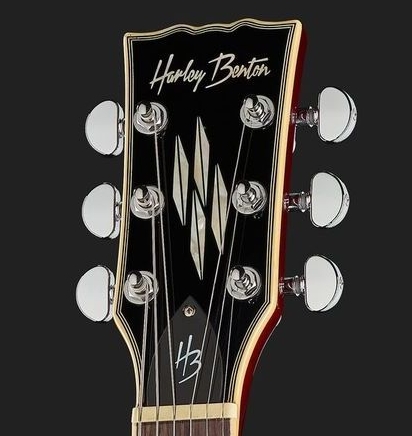Howdy, Stranger!
It looks like you're new here. If you want to get involved, click one of these buttons!
Categories
- 248.2K All Categories
- 22 >> Start Here <<
- 12 New Members
- 8 FAQs
- 88.9K Gear
- 40.4K Guitar
- 3.5K Acoustics
- 1.3K Bass
- 15.1K Amps
- 17.6K FX
- 359 Digital & Modelling
- 785 Other Instruments
- 8.5K Making & Modding
- 432 Gear Reviews
- 108 Guitar Reviews
- 74 Amp Reviews
- 119 FX Reviews
- 90 Other Reviews
- 756 Made in the UK
- 988 Theory
- 1.9K Technique
- 2.2K Live
- 3.2K Studio & Recording
- 2.2K Making Music
- 232 Events
- 15 Guitar Show 2018
- 867 Plug My Stuff
- 108.2K Classifieds
- 42.3K Guitars £
- 2.9K Acoustics £
- 146 LH Guitars £
- 925 Basses £
- 11K Parts £
- 18.8K Amps £
- 35K FX £
- 2.9K Studio & Rec £
- 6.3K Misc £
- 472 Personnel
- 56.2K Chat
- 37.5K Off Topic
- 1.2K Tributes
- 6.8K Music
In this Discussion
Become a Subscriber!
Subscribe to our Patreon, and get image uploads with no ads on the site!
DC Resistance of Combined Humbuckers
 BillDL
Frets: 9013
BillDL
Frets: 9013
I have a Squier Affinity STARcaster that has the stock open coil humbuckers fitted. The bridge measures 13.4 kOhms DC Resistance and the neck 8.3 kOhms. I was quite surprised by the difference, but they sound great and balance out quite well. What surprised me more was that with the 3-way open toggle switch in the middle position it reads only 5.2 kOhms. I expected it to read around 10.
Despite this I don't get much, if any, volume drop when both pickups are selected.
I don't have any twin humbucker guitars with this much DC Resisance difference between them, but my understanding was that on a normally wired twin humbucker guitar it would measure rougly half of the combined resistance when both are selected. In this case 21.7 kOms / 2 = 10.87. I am measuring using a disassembled ordinary guitar jack into the output socket and just probing the hot and ground connections. I haven't looked inside the body to see if the pots are wired in some funny way.
Is this extreme drop in DC Resistance expected and normal?
If not, what would be the most likely explanation?
I really like the range of sounds on this guitar and the volume and
tone pots work really well, so I don't intend swapping the pickups or
changing any of the electrics. I'm just curious because I've never had as much of a mismatch as this before.
0 LOL 0
LOL 0 Wow! 0
Wow! 0 Wisdom
Wisdom
 LOL 0
LOL 0 Wow! 0
Wow! 0 Wisdom
Wisdom Base theme by DesignModo & ported to Powered by Vanilla by Chris Ireland, modified by the "theFB" team.


Comments
Resistances connected in parallel = combined total divided by four.
For the pickup resistance it’s simpler - just turn the pot up full. You have to then deduct the pot resistance using the formula prowla gave for a really accurate value, but the error is quite small because the pot value is usually around 50 times the pickup resistance.
On top of that, the human ear is very non-linear, and 50% more output *voltage* does not mean 50% louder - it’s actually only about 1-2dB. This will usually produce a reasonably good volume balance between the two pickups, because the string excursion is much less near the bridge than near the middle of the string.
"Take these three items, some WD-40, a vise grip, and a roll of duct tape. Any man worth his salt can fix almost any problem with this stuff alone." - Walt Kowalski
"Only two things are infinite - the universe, and human stupidity. And I'm not sure about the universe." - Albert Einstein
Why is everything so expensive?
R8
Harley-Benton
It needs a Bigsby
Chappers*
You've got your 8.3K path and also the parallel path via the 13.4K reducing the total a bit more.
Product over sum (8.3 x 13.4) / (8.3 + 13.4) gives 112.22 / 21.7 = 5.17K
EDIT: And then under that, probably "as good as a custom shop Gibson"...
I've just looked back at my original post and slapped my forehead. I have no idea why I typed that I expected the combined DC resistance to be around 10K. I didn't. I did expect it to be quite a bit higher than what it is and closer to 8K, so I don't know how I got 10K into my head. Obviously now that this has all been explained to me it makes absolute sense.